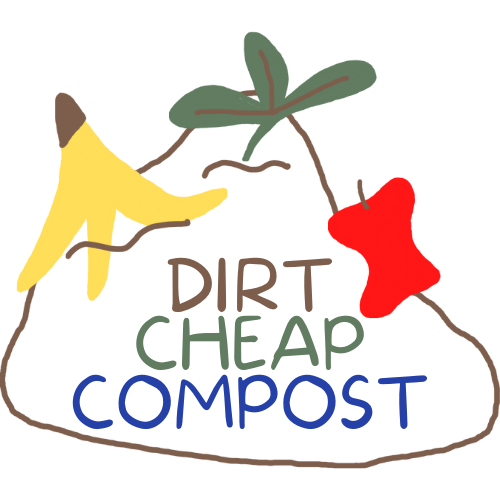Home Composting: Creating a Balance of Greens and Browns
"Creating a balance of greens and browns" in composting refers to the practice of mixing nitrogen-rich materials (greens) and carbon-rich materials (browns) in the right proportions to ensure efficient and odor-free decomposition.
-
Greens (Nitrogen-Rich Materials): These are typically moist and include items like fruit and vegetable scraps, coffee grounds, grass clippings, and plant trimmings. Greens are rich in nitrogen, which is essential for the growth of microorganisms that break down the compost.
-
Browns (Carbon-Rich Materials): These are usually dry and include materials like leaves, straw, wood chips, paper, and cardboard. Browns are high in carbon, which provides energy for the microorganisms and helps control moisture and odor in the compost pile.
The ideal ratio is often considered to be about 2-3 parts browns to 1 part greens by volume. This ratio ensures that the compost pile remains well-aerated, moist, and free from odors. Too many greens can lead to a smelly, slimy pile, while too many browns can slow down the decomposition process. Balancing these elements creates an environment conducive to efficient composting, leading to a rich, crumbly compost ideal for gardening.
We at Dirt Cheap Compost hope that at-home composters find this information helpful! And if you want to start composting at home without needing to know the first thing about the science behind it, we've got a service for that, too.

